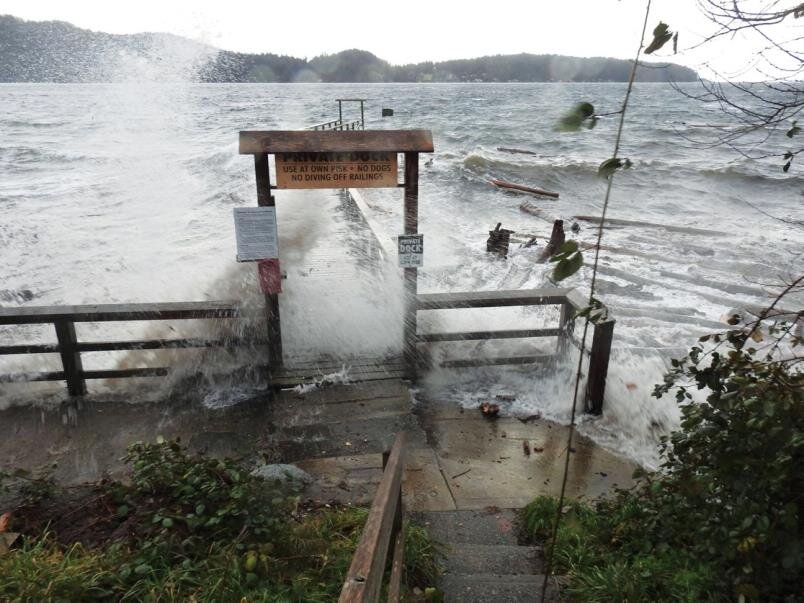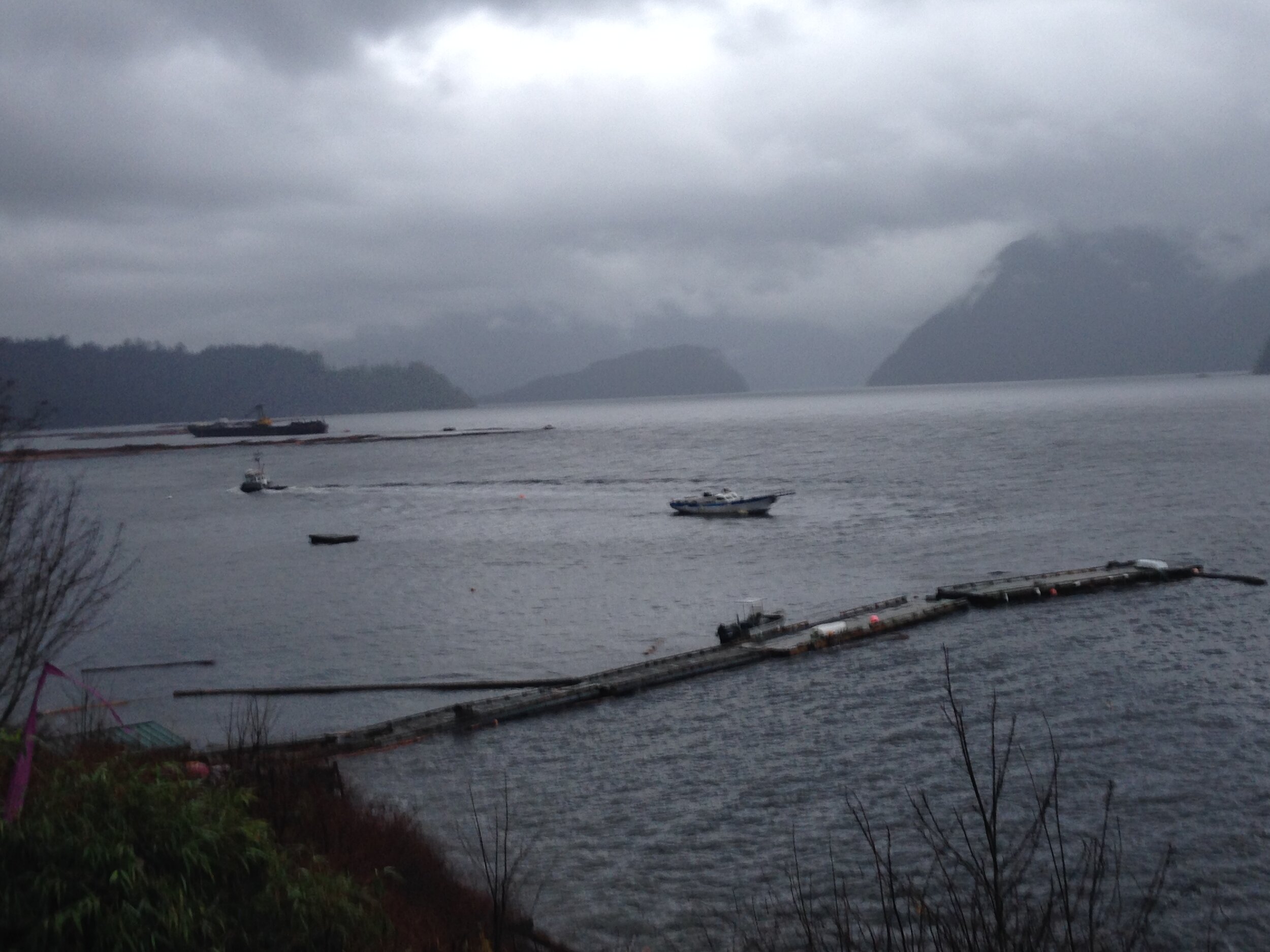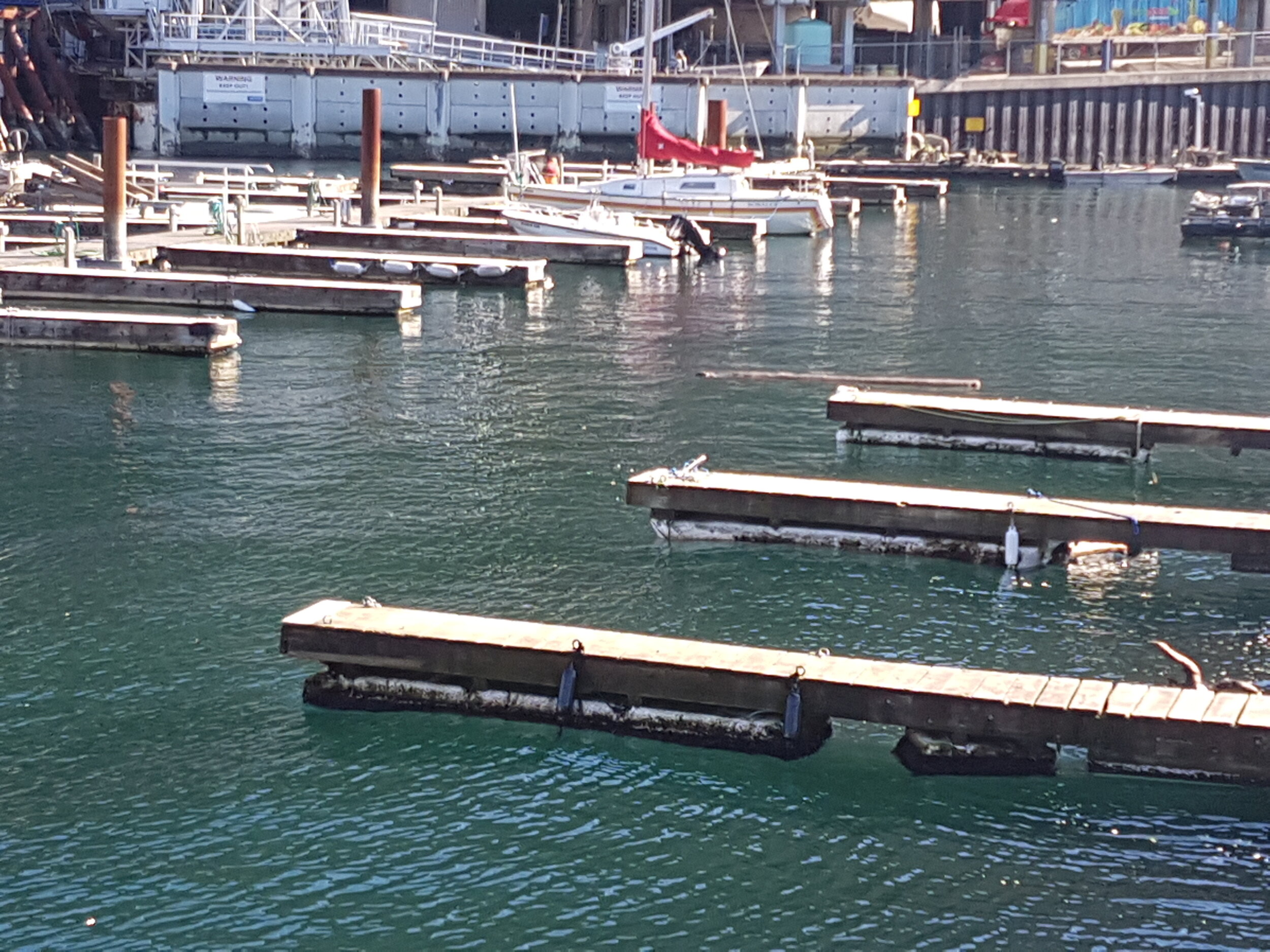Best Practices for Marine Dock Management
Winter storms of the past recent years plus increasing threats of severe wind conditions and sea level rise, calls for improved construction of marine docks. Exposed polystyrene (Styrofoam) floats and creosote pilings are still in use around Howe Sound and pose a threat to marine life.
The goal of the Best Practices for Dock Management is to ensure regulatory authorities receiving referrals have a consistent process and set of latest all-inclusive guidelines. The latest version is June 2021.
The Átl’ka7tsem//Howe Sound Biosphere Region Initiative Society has compiled these Best Management Practices (BMPs) from a number of sources and wishes to acknowledge and thank these organizations for their contributions:
• shishalh First Nation – Best Management Practices for Marine Docks-version 20180605 BMPs_marine_docks_Update_Final_27Jun18.pdf (shishalh.com)
• B.C. Ministry of Forests, Lands, Natural Resource Operations and Rural Development – Land Use Operational Policy for Private Moorage. Effective date: January 21, 2019. SECTION 3 (gov.bc.ca) specific reference to Appendix 3 – Requirements and Best Management Practices
• Islands Trust - A Landowner’s Guide to Protecting Shoreline Ecosystems. August 2014.. Landowners-Guide-September-draft-revised.pdf (islandstrust.bc.ca)
• Fisheries and Oceans Canada A modernized Fisheries Act for Canada (dfo-mpo.gc.ca) June 2019. Specific reference to Projects Near Water – Guiding documents
The BMPs are intended to help minimize and mitigate impacts to marine foreshore and nearshore habitats by promoting responsible and appropriate development, construction, and maintenance of marine docks.
BMP topics include construction and maintenance, foreshore protection, accessibility, navigation, First Nations interests.
We encourage your feedback on these Best Practices. Contact: Ian Winn, a former Area Director at the Sunshine Coast Regional District.






